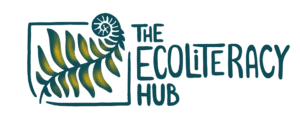Johari window
Objectives:
- Recognizing different parts of ones identity. Increased self-reflection, self-awareness. Learning self development opportunities.
Preparation:
Tools needed: Papers and pens
Description
It is up to the facilitator, how much previous instruction and advice is given before the exercise.
Participants draw a 4-window matrix (a grid of 2x2) on the paper and name the boxes:
LEFT UP: The Open Area (known by yourself, and know by others too) -> The parts of ourselves we are ready to show and share.
RIGHT UP: The Blind Spot (unknown by yourself, but known by others) -> Both positive and negative traits that we don’t notice it ourselves, but are very visible to other people.
LEFT DOWN: The Hidden Area (known by yourself, but unknown by others) -> Parts of ourselves that we keep hidden from others. This may be our deepest desires or stuff that we don't want to share or don't know how to share.
RIGHT DOWN: The Unknown (unknown by yourself, and unknown by others too) -> The potential, unknow to both ourselves and others because that potential hasn’t yet been unleashed.
Participants have a moment to think about their own personality according to these elements, and start adding words to the matrix. If they are stuck, facilitator can give examples but try not to lead the participant into an answer.
Variations
You must be logged in to add a variation.
Resources
Johari or rather Jo Hari Window was developed by Joseph Luft and Harry Ingham in 1955. Lots of research and implementation suggestions available online.




You must be logged in to add a comment.